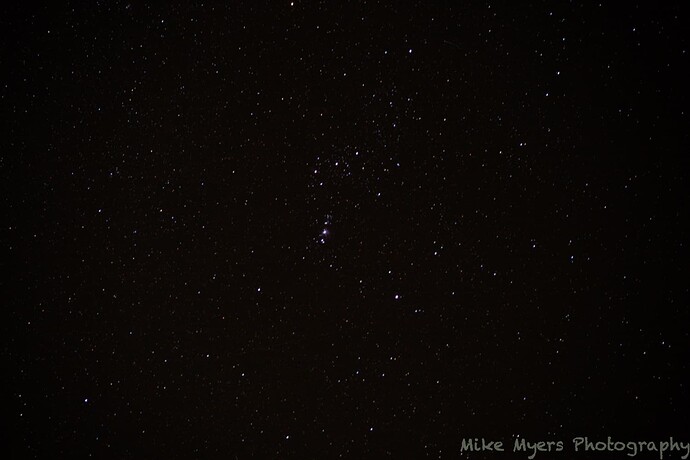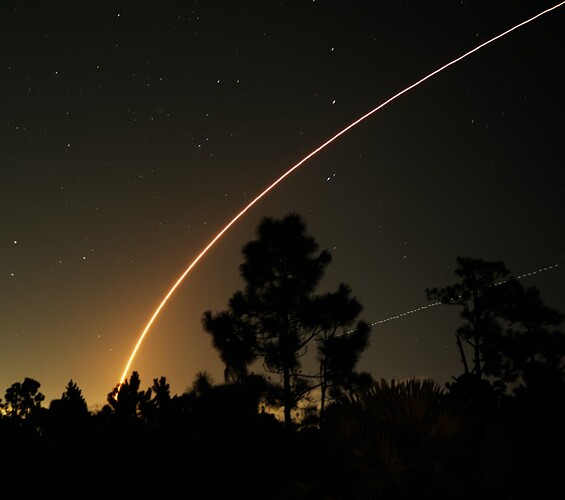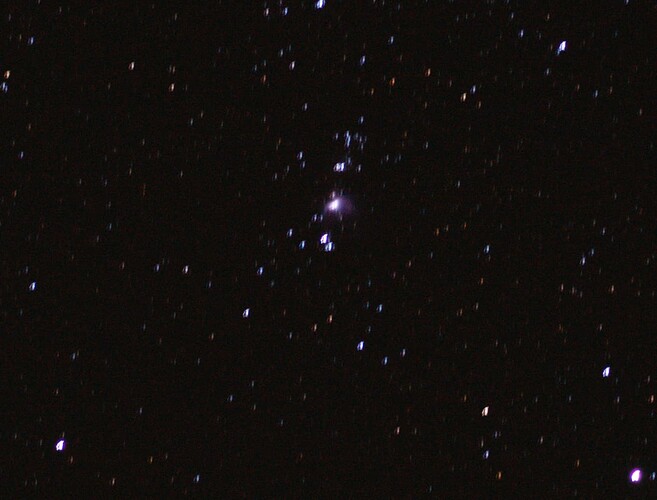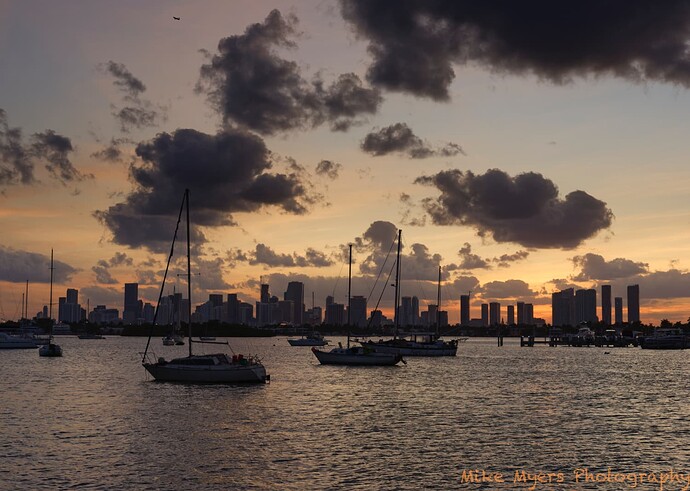Your welcome,
Tonecurve can help go get that LightRoom saturated feel you get when using there “dehaze function”.
You have to understand the difference between Dehaze and Clarity.
This has something to do with sharpening, Clarify, and nonsharpening blackdots adding, Dehaze.
In DxO you have intelligent Clearviewplus which is a combination in microdots on edges (sharpening) and colorsaturation by adding blackdots in colorplanes.(nonsharping)
As i suggest in this post collect some images to play with and push everything around till it’s overdone and then push more to see what’s breaking down.
This shows most different contrasty tools behaviour besides the local adjustment version which behave the the same but with more local controle which use is a different chapter.
Every time you encounter a unsolvable problem in a image : create a Virtual Copy on the stage it’s developing get stuck and start pulling and pushing several tools which would suspect to help around, create every time you find a certain solution leave it and create a new VC to try something else. After awile you start to see the different outcome’s on the different part’s of the image due the use of different tools and combination of tools.
VC’s don’t be real Harddisk space taking image’s so they don’t turn up in other application’s to confuse you.
And enjoy searching for clues. 


 keep you posted
keep you posted No processing - not sure where to start, other than turning off everything from PL4 and adding my watermark before mailing to my brother. Some stars appear “blue” - probably my fault somehow. This was the brightest part of the sky, and at the time, I mostly wanted to get back into bed!
No processing - not sure where to start, other than turning off everything from PL4 and adding my watermark before mailing to my brother. Some stars appear “blue” - probably my fault somehow. This was the brightest part of the sky, and at the time, I mostly wanted to get back into bed!






